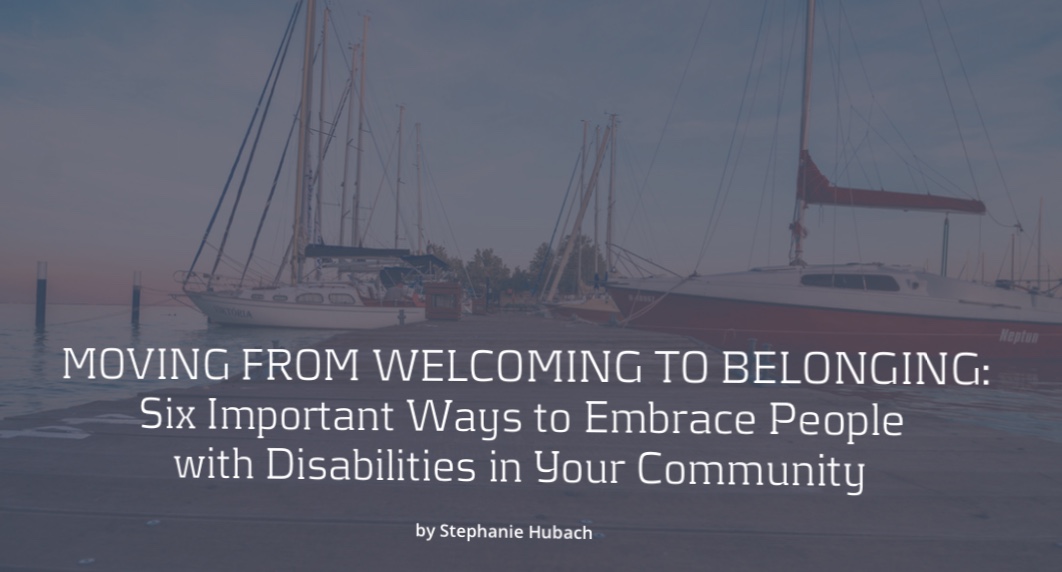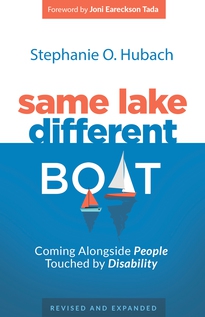
1. INCORPORATE INTENTIONAL OUTREACH TO PEOPLE WITH DISABILITIES INTO THE DNA OF YOUR CHURCH’S MISSION FROM THE START.
People with disabilities, on average, comprise about 20 percent of the population in any given community. If you are planting a new church (or growing an existing one) and not thinking about your neighbors who are touched by disability, you have already lost access to a fifth of your community.
2. LEARN TO SEE THE PERSON FIRST, NOT THE DISABILITY.
This doesn’t mean you ignore that a person has a disabling condition or pretend that their impairment does not exist. Instead, you see them first and foremost as an image bearer of God. Look for the goodness, truth, and beauty of God in every human being you meet. When you do, it will change the way you see others. In fact, it will change the way you see yourself.
3. APPROACH PEOPLE WITH DISABILITIES WITH A POSITIVE SENSE OF EXPECTANCY.
Just as we need to focus on the image-bearing capacities of every human being, we also need to approach others anticipating that we will find good gifts in them, not just “needs.” These abilities are not “in spite of” their disabilities; they are often fostered through their disabilities. When we fail to approach people with disabilities with an eagerness to see how they are uniquely gifted by God, we will tend to miss their God-given capacities—or worse, dismiss them.
4. APPROACH PEOPLE WITH DISABILITIES AS A “LEARNER” AND NOT A “FIXER.”
How we approach others has a lot to do with the lens of our worldview. If we perceive people with disabilities as aberrations in the world, we will tend to treat those we perceive to be different from ourselves with condescension and pity. However, if we approach people with disabilities from a posture of humility and of being a learner—with the recognition that our fear and uncertainty is what often distances us from others, —it can be the start of a respectful and rewarding relationship.
5. RECOGNIZE THAT DISABILITY IS BODILY, BUT THAT IT IS NOT ONLY BODILY—IT ALSO HAS A SOCIAL DIMENSION.
Disability has to do with an impairment of the body that results in it functioning differently than we expect it to. But disability has a social dimension as well. The social aspect of disability involves the ways in which we passively and actively oppress others through our actions and attitudes. Grace-based ministry alongside people with disability requires honest self-reflection about, and repentance from, preconceived ideas that create barriers to the gospel being accessible to all.
6. REMEMBER THAT PEOPLE WITH DISABILITIES HAVE THE SAME GREATEST NEED THAT ALL OTHERS DO.
All of us, first and foremost, have a deep need to know the saving grace of Jesus Christ, a true experience of belonging to and flourishing in the body of Christ, and the eternal hope of the restoration of all things at the consummation of Christ’s kingdom. That’s good news.
Same Lake, Different Boat: Coming Alongside People Touched by Disability by Stephanie Hubach


Comments